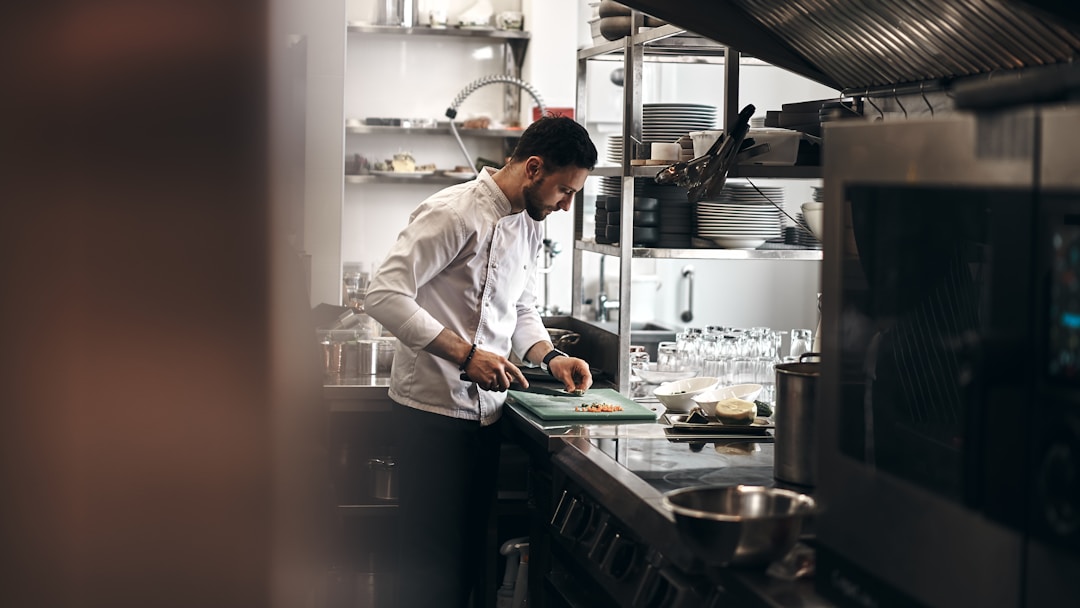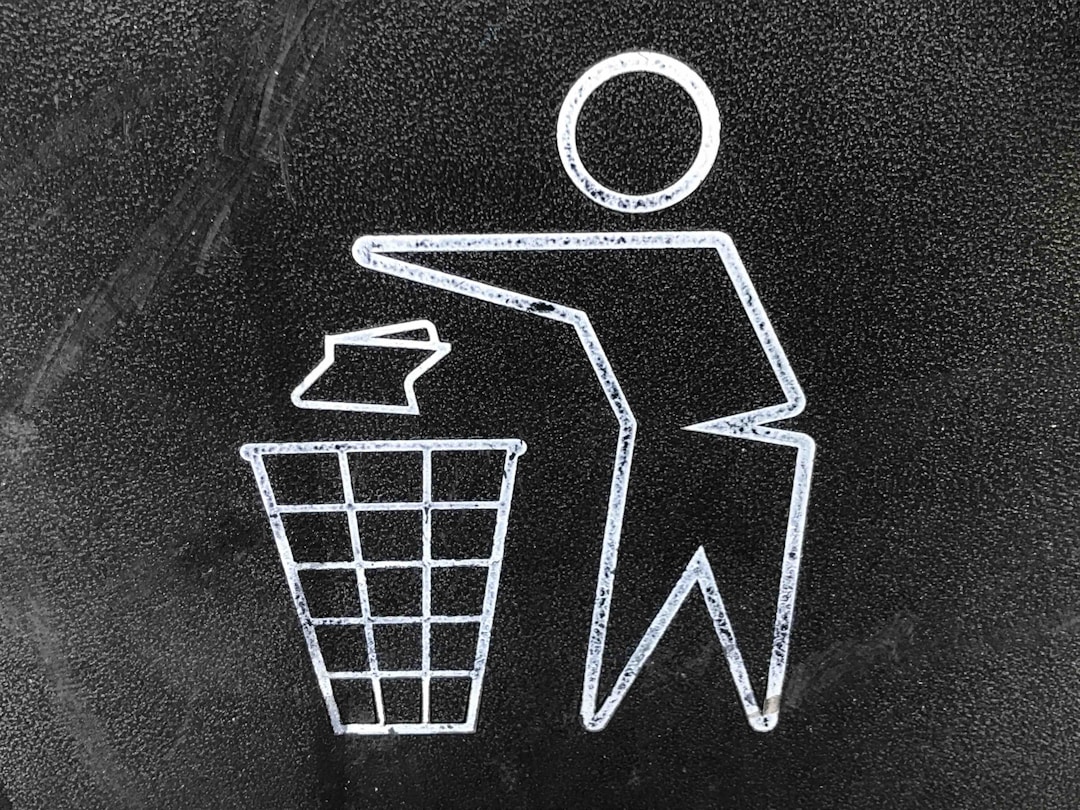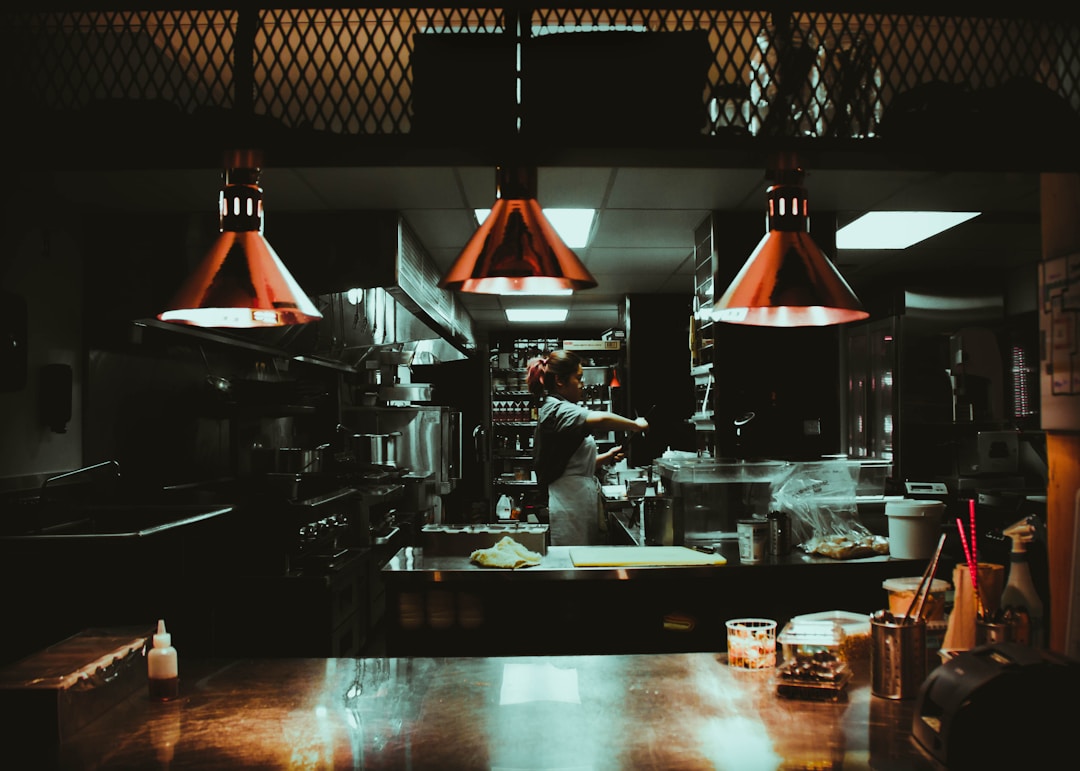There is no doubt that running a successful restaurant involves more than just providing quality food and service. To make it in the competitive world of the hospitality industry, restaurant owners must also know how to manage their finances effectively. This includes finding ways to save money on operating costs without compromising the quality of your establishment. Below, we delve into strategies that can help you make your restaurant business more profitable and cost-efficient. If you’re in need of advice or inspiration, keep reading!
Investing in Energy-Efficient Equipment

Running a restaurant requires considerable energy, from powering kitchen appliances to lighting dining areas. By investing in energy-efficient equipment, you can reduce your establishment’s energy consumption, leading to substantial savings in utility bills. For instance, energy-efficient cooking appliances, like commercial air fryers, use less electricity than traditional fryers and reduce oil costs substantially. The best equipment should always be a priority. By using top-notch appliances and tools, you can streamline your cooking processes, reducing prep time and enhancing the efficiency of your staff.
In addition to cooking appliances, there are several other ways to improve your restaurant’s energy efficiency. For instance, installing LED lighting and Energy Star-rated HVAC systems can provide energy savings. Using motion sensor lights in less frequently used areas like storage rooms or restrooms can also save electricity. Furthermore, energy-efficient dishwashers can reduce both energy and water usage.
While energy-efficient equipment may have a higher initial cost, the reduction in utility bills over the equipment’s life can more than makeup for the additional expense. Plus, many utility companies provide rebates or incentives for businesses that invest in energy-efficient equipment, which can further increase your savings. Whatever you buy, be sure to do so via a trusted and reputable retailer.
Efficient Menu Planning
Efficient menu planning is one of the best money-saving strategies for your restaurant. A thoughtfully designed menu can reduce food waste, control inventory, and maximize profits. It involves identifying the dishes that are not only popular with customers but also affordable to make. The process includes balancing expensive and less expensive ingredients, using seasonal produce, and cross-utilizing ingredients across multiple dishes to ensure minimal wastage.
Another aspect of efficient menu planning is monitoring and adjusting the menu based on the performance of individual dishes. Using sales data and customer feedback, you can identify which dishes are popular and profitable, and which ones are not. You should consider eliminating low-performing dishes from the menu and focus on the ones contributing most to your bottom line. Additionally, regular menu reviews will enable you to adapt quickly to market changes, like price fluctuations of raw materials.
Excellent menu design can subtly guide customers toward choosing profitable items while enjoying their dining experience. Different design elements, such as the use of colors, graphics, typography, and strategic placement of items, can influence customers’ order decisions. Investing in professional menu design services might seem costly upfront but can pay off over time.
Effective Marketing Strategies

An effective marketing strategy can bring in new customers, increase sales, and ultimately, save money. By using various marketing platforms like social media, email marketing, and influencer marketing, you can reach a broader and more targeted audience. Social media platforms like Instagram, Facebook, and LinkedIn are fantastic venues to showcase your latest offerings, promotional deals, and behind-the-scenes stories.
Online review sites can provide free advertising and attract new customers. Given the sway that these sites hold over consumers’ dining decisions, managing your restaurant’s online reputation by responding to reviews—both positive and negative—is essential. Offering incentives for reviews can also encourage satisfied customers to spread the word about your restaurant. Another solid marketing strategy is partnering with local businesses for cross-promotions or joint events.
For instance, you could collaborate with a nearby brewery for a food and beer pairing event or with a local farmer’s market for a feast featuring locally sourced ingredients. Such partnerships can attract more customers and increase your visibility within the community, boosting your revenue without a huge marketing investment.
Optimized Labor Management
Staffing costs typically represent one of the most significant expenses for restaurant owners. However, labor management can optimize staffing levels and reduce labor costs. This includes accurately forecasting business volumes to schedule the right number of staff for each shift, and reducing payroll expenses. Staff training is another crucial aspect of labor management. By training your staff to handle multiple tasks, you can operate with a leaner team and save on labor costs.
For instance, waitstaff might be trained to handle cashier duties during quieter times, or kitchen staff could be cross-trained to prepare multiple types of dishes. Employee retention is important as hiring and training new staff can be costly. Some strategies for increasing employee retention include providing competitive wages, rewarding good performance with bonuses or other incentives, facilitating a positive work environment, and offering opportunities for career advancement. Keeping your employees happy and motivated will translate into better service for your customers.
Control Over Food Waste

Reducing food waste is not just an environmentally responsible action, but also a sound financial practice for restaurants. Food waste results from over-purchasing, improper storage, over-preparation, and portion sizes being too large. By taking steps to control and manage food waste, you can lower your food costs and improve profitability. Inventory management tools can enable you to forecast demand accurately and order the right amount of ingredients, preventing wastage due to excess or spoiled stock.
Proper storage methods can extend the shelf life of your ingredients and reduce the amount of waste due to spoilage. Portion control is another strategy for minimizing food waste. By standardizing your portion sizes, you can ensure that your customers receive the same amount of food each time they order a particular dish, preventing waste and ensuring consistent quality. Implementing a leftovers policy could also assist in reducing waste, as well as providing a service to your customers who wish to take home what they couldn’t finish.
Embracing Technology
Technology can offer multiple ways to save money for your restaurant. From digital reservation tools to point-of-sale (POS) systems, leveraging technology can streamline operations, improve efficiency, and reduce costs. A reliable POS system enables you to track sales, inventory, and cash flow, ensuring your restaurant operates as smoothly as possible. Implementing contactless payment systems can also speed up transactions, reducing labor and supply costs associated with traditional payment methods.
Online ordering systems can expand your customer base and increase revenue without incurring the high costs of third-party delivery services. Beyond that, technology can also be used for staff management, like scheduling, clocking in and out, and tracking their performance. Digital marketing tools can guide targeted marketing campaigns and track their return on investment, ensuring that your marketing budget is being used well.
Regular Maintenance of Equipment

The breakdown of equipment disrupts your restaurant’s daily operations and leads to substantial repair or replacement costs. Regular maintenance ensures your equipment lasts longer and functions efficiently, saving you money in the long run. That includes tasks like grease trap cleaning. You need to educate your staff on proper equipment usage and cleaning procedures. Errors due to misuse can lead to extra repair costs and downtime.
So, be sure to invest in proper training programs that focus on the right handling of your restaurant equipment. Moreover, routine professional inspections are critical. While they might seem like an unnecessary expense, professionals can spot small issues before they turn into bigger problems, potentially saving you from more substantial repair or replacement costs, not to mention downtime.
As this article illustrates, running a profitable restaurant is a challenging endeavor, but with careful planning and smart strategies, you can meaningfully increase your visibility and your bottom line. While it is true that the restaurant business can be competitive, there’s a lot you can do to give yourself the best possible chance of achieving success in this industry. By mindfully implementing these tips, you can minimize your costs while still providing excellent food and service, leading to a more profitable and sustainable restaurant business.

